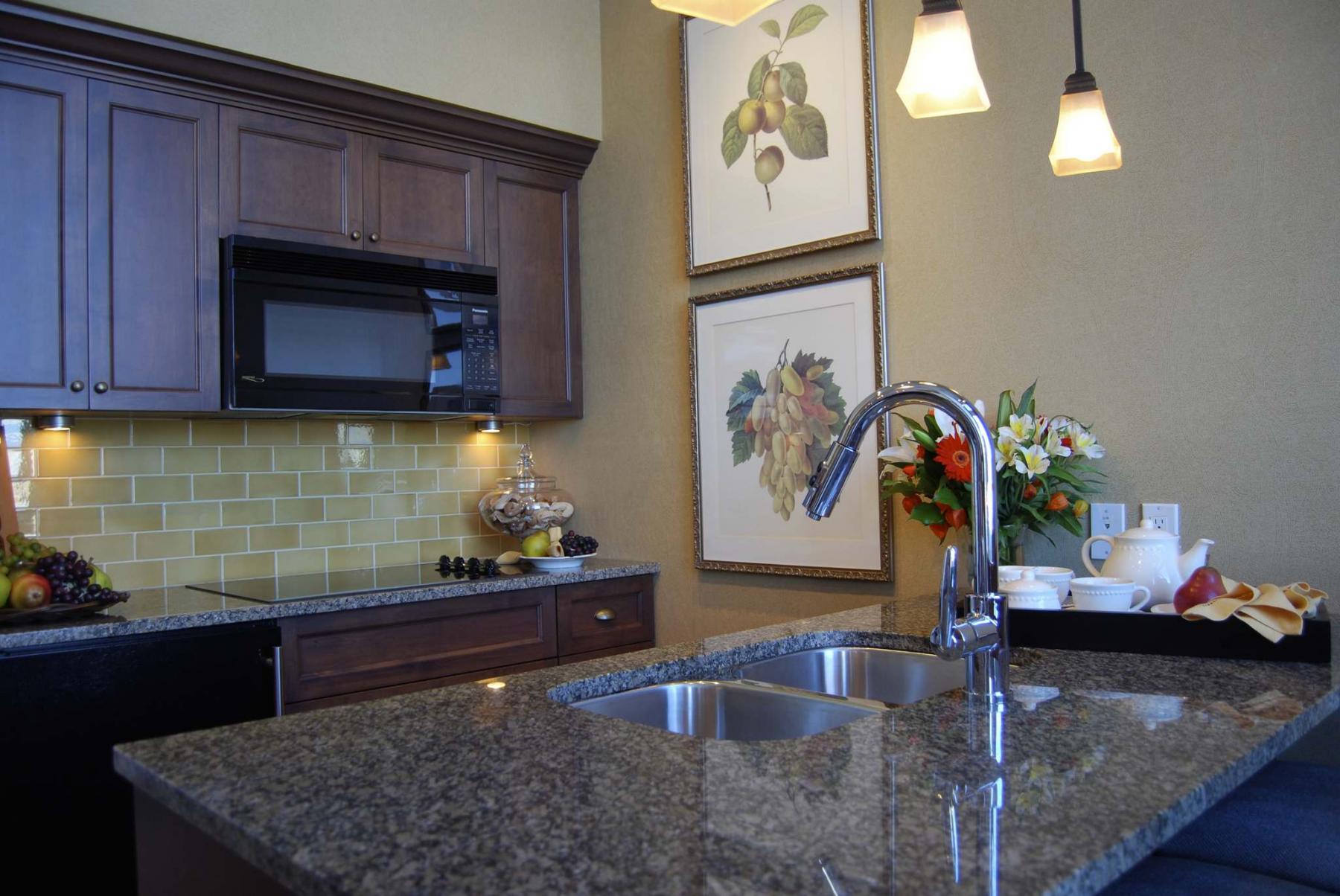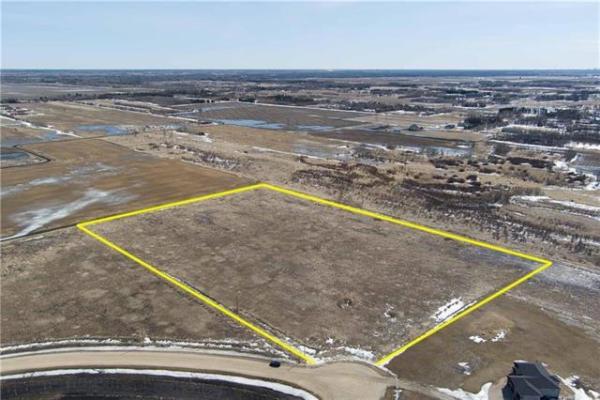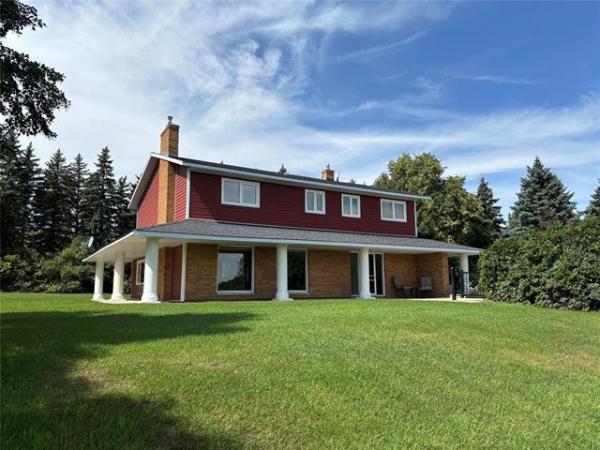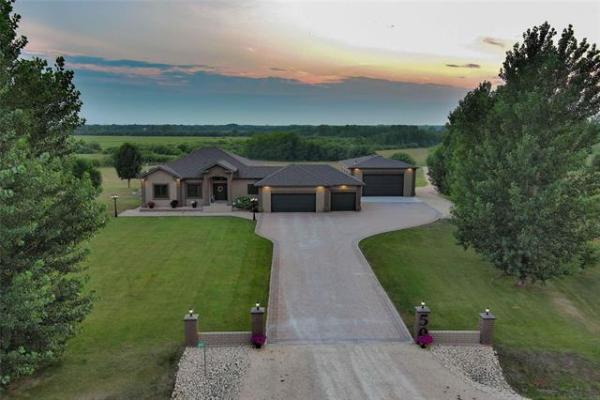Question: I kept your details from an interesting plumbing article in the Free Press some time ago. Your writing dealt with under sink issues and the use of an air admittance valve. I would like to know if these devices are legal or conform to code here in Winnipeg? If so, are they okay in kitchen sinks, vanity basins and other sinks?
Thanks, Peter Ashby
Answer: Air admittance valves are generally considered acceptable, as long as they are properly rated units. However, it is always up to the discretion of the building officials in the municipality where the work is to be completed to approve or disapprove any building material or practice. Contacting the City of Winnipeg Zoning department and speaking to a building official will give you your direct answer.
Proper venting is very important for any plumbing fixtures, to ensure proper drainage and also prevent noxious sewer gas from entering the living space. The normal arrangement includes a proper p-trap and connection to a vent pipe that eventually terminates above the roof. This standard arrangement is the traditional way to plumb a sink, which may not always be possible with some configurations. Particularly with island sinks.
Because the vent normally will run up through a wall adjacent to the sink cabinet, islands are particularly tricky. Since there are no walls adjacent or attached to the island, a vertical vent pipe will not be present. Some creative plumbers will run a lower trap below the floor under the sink cabinet, which can then be horizontally connected to a vent in the basement below. While this may cause the drain pipe from the sink basin to be longer than recommended, it may still work fine and be acceptable to the local authorities. But sometimes this is not practical if the only acceptable vent piping is too far away.
Because of this dilemma, or in retro-fit situations where an easy connection is not possible, many old-time plumbers would simply install a small mechanical vent under the sink, instead. They often referred to these inexpensive fittings as cheater vents, because they knew they were not approved. They would often work for some time, but have a metal spring mechanism which would eventually wear out. When this occurred, sewer gas could escape the vent, making the device hazardous. To solve this problem, several manufactures now produce approved air admittance valves, which work with a membrane system that prevents damage and leakage of sewer gasses.
The typical cheater vent is about the diameter of a normal drain pipe and is black or silver with visible slots near the top. If you see this in the home centre or hardware store, leave it on the shelf. In the same area there should be similar looking devices, which are often mushroom shaped, and normally whitish in colour. These will have imprints or stickers with certification numbers and information from a testing lab or other authority. These markings are proof that the devices have been tested and found safe and meet various standards set out by one or more certifying bodies.
Are these small devices always acceptable for use in any sink in our area? I cannot answer that question because of the way building codes are enforced in Manitoba and most of Canada. The National Building Code (NBC) sets out guidelines for proper building practices in Canada. There are several sections and some are applicable to residential construction, while others address commercial or industrial buildings. These are constantly modified and updated, often once or twice a decade. It is up to each region or municipality to adopt the NBC and to also decide whether to mandate use of the most current code or use an older version until a specific date. Because many things differ from region to region, it is also up to the individual municipalities whether to adopt the code in its entirety, or to choose to ignore some specifications that may not be suitable to the climate or other variables in their region.
Furthermore, it is up to the municipalities to hire building officials to enforce compliance with building codes. These departments are responsible for setting the guidelines and giving code compliant officials and inspectors under their jurisdiction guidance. But, it is still the building inspectors who deal with contractors and homeowners on the building site and they may have personal opinions on various components of the NBC. So, consulting the building official, or the enforcement authority in your area, should give you a definitive answer to your question. If they don’t think the air admittance valve should be allowed for your particular purpose, they will let you know. In that situation it will be up to you to prove that it should be acceptable and you will have to make a valid case, based on credible research, that it is safe and should be allowed. If you can do that, it is within their authority to make an exemption and approve its use.
Proper use of all building materials in the right application, including air admittance valves, should be acceptable as long as they meet the intent of the NBC. To ensure this is true in your area, contacting the local building office in charge of permits and inspections should give you a definite answer to your specific question.
Ari Marantz is the owner of Trained Eye Home Inspection Ltd. and the past president of the Canadian Association of Home & Property Inspectors — Manitoba (cahpi.mb.ca). Questions can be emailed to the address below. Ari can be reached at 204-291-5358 or check out his website at trainedeye.ca.
trainedeye@iname.com




